There is what is said about refugees. And then there is the reality. All over the world, xenophobic feelings, walls, and barbed wire have been increasing in recent years. But who are these refugees who had to flee their countries to save their lives? We have collected 10 points to try to debunk some of the prejudices and clichés about these people who have been forced to leave everything behind to reach safety.
1. Refugee is a legal status
Refugees are people who flee from conflict or persecution. Their status is defined and protected by international law and refugees cannot be expelled or returned to situations where their lives and freedom are at risk. The right to seek asylum in another country for those who have lost the protection of their own country is enshrined in Article 14 of the Universal Declaration of Human Rights. Seeking asylum is therefore not a crime, but a right.
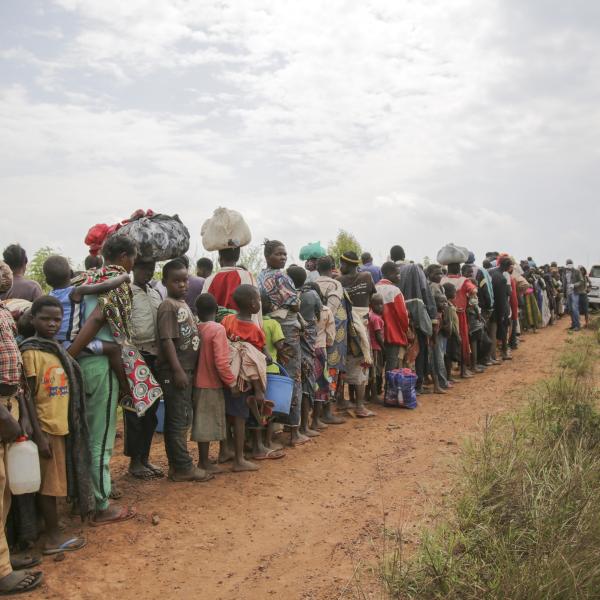
2. The number of uprooted people has doubled in the last decade
84 million people were forcibly uprooted worldwide by mid-2021, due to persecution, conflict, violence or human rights violations. At the end of 2010, this figure was still around 41 million. In 2020 alone, some 11.2 million people had to flee. At the 72nd session of UNHCR's Executive Committee, UN High Commissioner for Refugees Filippo Grandi announced: “If these trends are not reversed by sustained efforts at conflict resolution, I fear that the question is not if we will reach 100 million uprooted people, but rather when”.
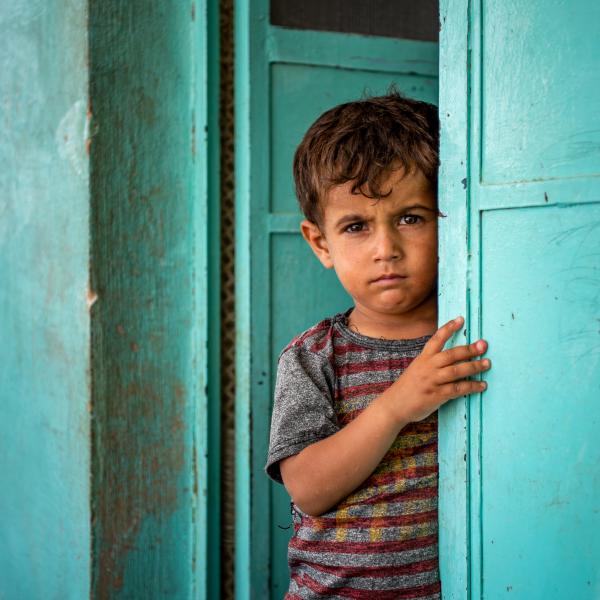
3. Almost half of those forced to flee are children
In 2020, children represented 30% of the world's population. Among those forced to flee, they represented 42% of the total in the same year. Children are therefore disproportionately affected by forced displacement: Not only is it an often traumatic experience, but children's schooling is also interrupted, sometimes for long periods. UNHCR is committed to ensuring that children who have already seen too much for their age are not further deprived of the opportunity to learn and play. In addition to those forced to flee, 1 million children were born as refugees between 2018 and 2020.
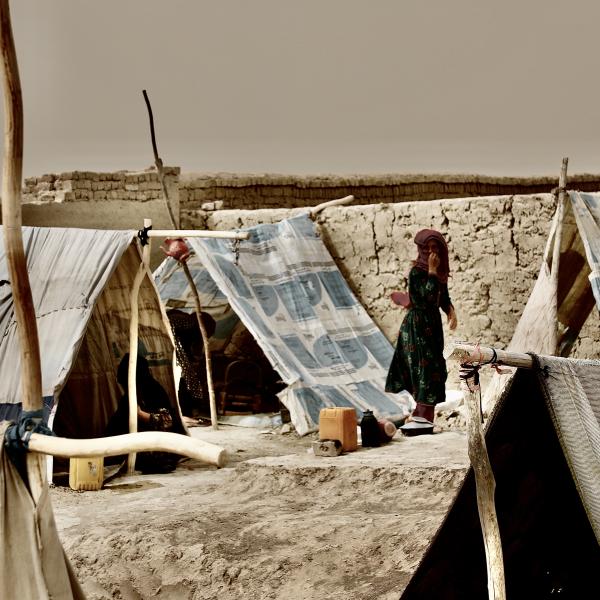
4. There are more internally displaced people than refugees
While at the end of 2020 there were more than 26.4 million refugees worldwide, there were 48 million internally displaced people who had been forced to flee within their own country. This represents more than half of the people under UNHCR's mandate. The majority of these are in Colombia (8.1 million), followed by Syria (6.8 million), the Democratic Republic of Congo (5.1 million) and Yemen (5 million).
5. Most refugees live in neighboring and developing countries
Among refugees, i.e. people who have been forced to cross a border to safety, almost three quarters of them live in a country neighboring their country of origin. Contrary to popular belief, developing countries host the largest number of refugees, 85% of them. This figure indicates that the vast majority of refugees hope to return to their own country once the crisis is over, and that they do not choose where they go, but seek only to be able to live in peace.
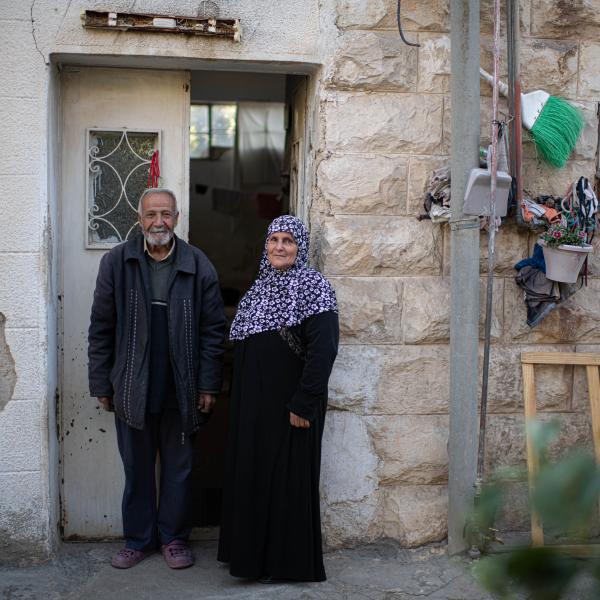
Seven out of ten forcibly uprooted people of concern to UNHCR live in urban areas, and the COVID-19 crisis has heightened the challenge of assisting them. Refugees in urban areas were about 60% more likely than host populations to work in the sectors most affected by COVID-19, such as accommodation, catering, manufacturing, and retail.
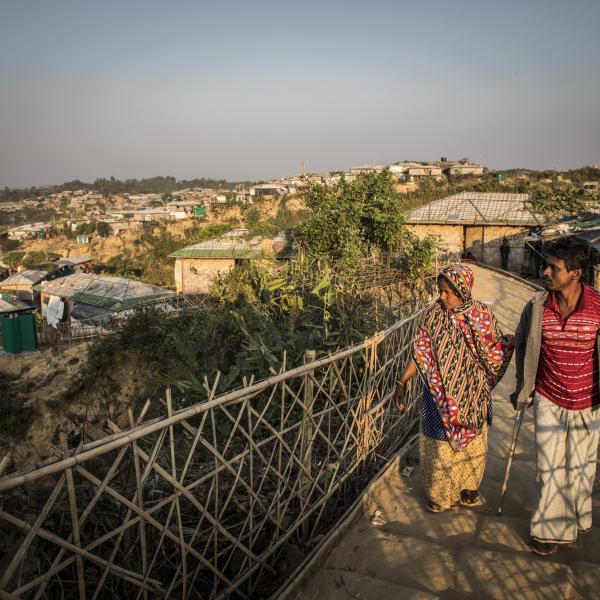
Today, three-quarters of all refugees worldwide experience forced displacement for at least five years. For those forced to flee internally, the duration is even longer. Even though most people forced to flee are just waiting for the opportunity to return home, the lack of political solutions to conflicts, violence and instability prevent them from doing so. In order to move refugees and internally displaced people out of humanitarian dependency, UNHCR supports their integration into the local economies, so that they can contribute to their communities and take back control of their lives.
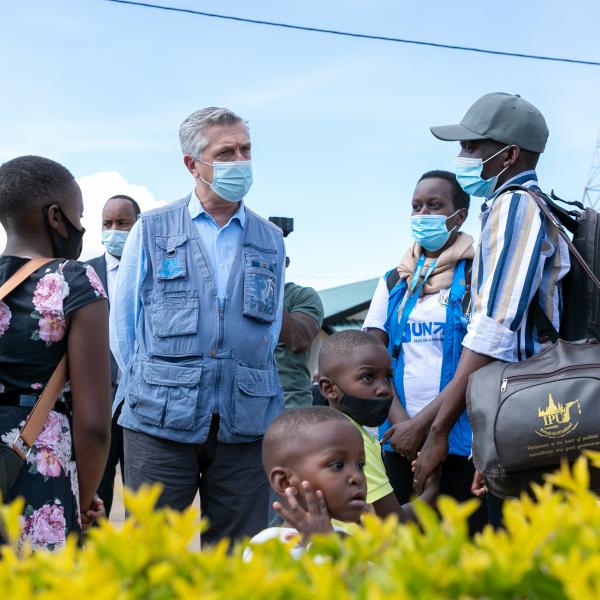
While in 2020 some 1.4 million refugees were waiting to be resettled in a host country, only 34,400 people were actually resettled in one of the 21 refugee-hosting countries participating in the programme, as the COVID-19 pandemic and travel restrictions made resettlement more complicated than in previous years. In the same year, however, more than 3.4 million refugees and internally displaced persons were able to return to their country of origin. UNHCR looks for durable solutions locally, such as integration into the host community, and where this is not possible, seeks resettlement options.
Contrary to popular belief, UNHCR is funded mainly by voluntary contributions. In 2020, UNHCR's financial requirements to meet the needs of the world's displaced people amounted to nearly CHF 8.4 billion. Year after year, these financial needs are only covered at around 50%. As the number of people forced to flee increases, so does the amount of money needed to support them and cover their needs. In 2022, this amount will be almost CHF 8 billion. Every contribution made to UNHCR counts.
No one freely chooses to be a refugee. Refugees are refugees out of necessity, because their safety and lives are put at risk by persecution, conflict, violence or human rights violations. Fleeing is the only option they have. As Filippo Grandi points out: “Nobody becomes a refugee by choice. But the rest of us can choose how we help them”.